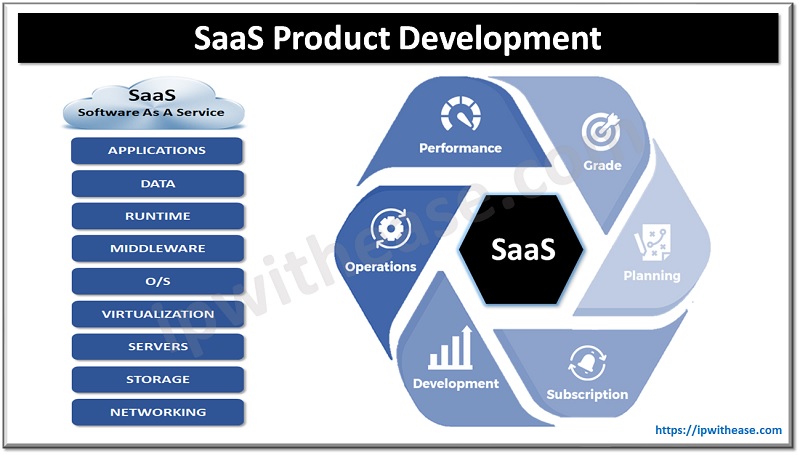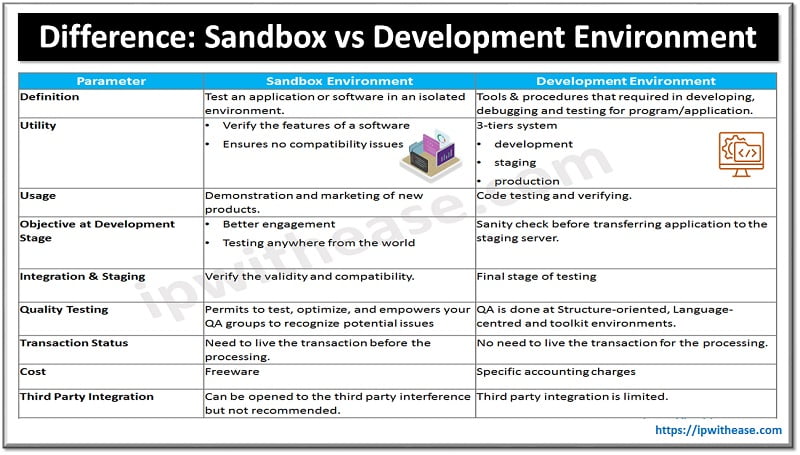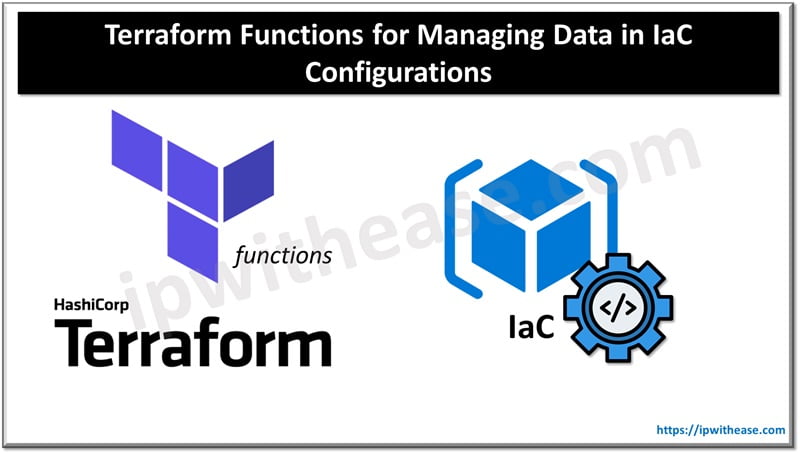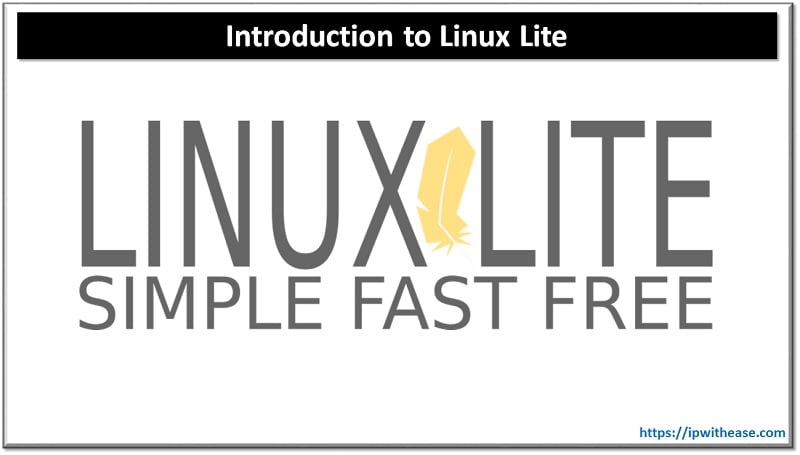Nowadays, 80% of businesses are using at least one SaaS-based application. Well, it offers next-level opportunities while ensuring growth at a faster pace. In the past decade, it has emerged as a revolutionary solution for businesses that aim to deliver exceptional software services to their customers. With greater scalability, user-friendly products, and cost-effectiveness, It can be said that SaaS is the future of the tech industry.
Now, if you’re thinking of diving deep into SaaS product development, then it is important to learn about the SaaS product development lifecycle. If you are looking for a comprehensive SaaS product development guide, then this blog is here to empower you to make an informed decision. Along with the role of SaaS product development, you will also get the SaaS roadmap which involves the important steps to follow as well as the benefits.

Role of SaaS Product Development to Revolutionize Modern Business Operations
SaaS plays an integral role in building modern business strategies and providing accessibility to top-notch software products and services. By adopting SaaS solutions, businesses can become free from the hassle and hustle of huge infrastructure setup and higher operating expenses. It is possible to scale up and down as per the business requirement. With this flexibility, most startups, small-sized businesses, and enterprises are adopting a SaaS trend. Whether it is about CRM systems or project management tools, SaaS product development fulfills all the expectations for efficient business operations while assisting the teams to achieve their goals.
Benefits of SaaS Product Development:
- Cost Savvy
- Great Scalability
- Timely and Continuous Updates
- Global Accessibility
- Data Analytics
What are the steps of the SaaS Product Development Lifecycle?
SaaS product development is an iterative process that involves pre-planned steps for successful execution. The steps involved in SaaS product development are as follows-
Market Analysis:
To ensure successful SaaS product development, conduct a thorough market analysis about the target customers, and their problems while assessing the competitors. Analyzing these factors will help you define your unique selling points while determining the product viability.
Know the Product Scope:
Now, you can define the product scope which includes, but is not limited to product functionalities, features as well as the user experience. Moreover, create a detailed product roadmap that involves the overall development phases, key features, and SaaS financial models and set realistic timelines.
Design and Development:
In SaaS product development, create visually appealing and user-friendly interfaces. You can leverage the potential of agile development strategies to create a product exponentially that ultimately offers a seamless experience.
Establish an Infrastructure:
The next step is to set up a secure and scalable infrastructure to host your SaaS product. Developers can make use of cloud services such as Microsoft Azure and AWS (Amazon Web Services) to handle reliability, scalability, and data security.
Software Testing:
Now, the most significant step involved in SaaS product development is testing and quality assurance. Conducting comprehensive testing helps to identify and resolve usability issues, bugs as well and security vulnerabilities. Performing regular quality assurance checks ensures set standards throughout the SaaS product development life cycle.
Product Deployment and Launch:
Prepare for the SaaS product launch by building a marketing strategy and identifying potential customers. Your marketing strategy should involve content marketing, social media management, and targeted advertisement that will generate buzz and awareness.
Post-launch Maintenance and Support:
The last step is to offer online customer support that includes feature enhancements, and bug fixes while addressing user queries. Besides, collect user feedback for product improvement while meeting the ever-changing customers’ demands.
The Bottom Line
Whether you are a seasoned entrepreneur or new to this vast SaaS industry, this SaaS product development guide will give you all the know-how to design, develop, and deploy your SaaS product. Remember that adaptability, flexibility, and customer centricity act as crucial factors for creating successful SaaS products and revolutionizing business operations.
Continue Reading:
SaaS vs PaaS vs IaaS: Understand the difference
ABOUT THE AUTHOR
IPwithease is aimed at sharing knowledge across varied domains like Network, Security, Virtualization, Software, Wireless, etc.



